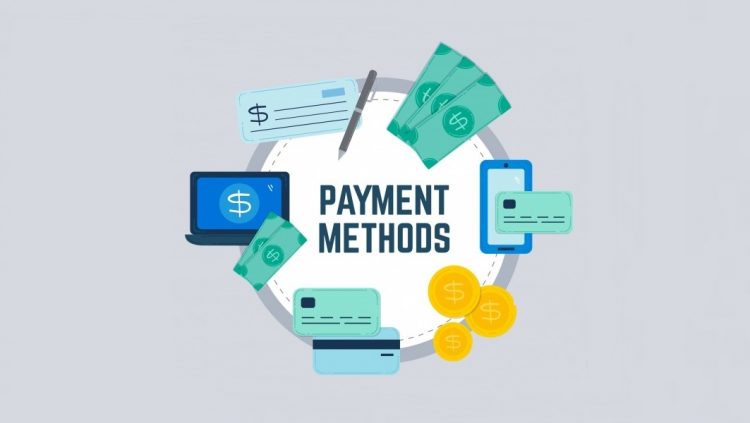What are popular payment methods businesses should integrate with to be competitive?
As a business owner, you need to be able to anticipate the needs of your customers to maintain their loyalty and to stay ahead of your competitors. Especially nowadays, when consumers demand more and more from payment providers: more cashback and rewards, more creativity and more interesting user experience.
The fusion of smartphones and payment
The ‘pays’ dominate more than half of the global supermarket transactions, with mobile payments being made mostly via Apple Pay, Google Pay, and Samsung Pay globally.
Messaging apps
Some messaging apps are going beyond the function of chatting to being able to support e-commerce transactions. One of the examples of a messaging app serving as an e-commerce platform is WeChat in China.
Tap2Pay payments system able to support e-commerce transactions on all messengers and social media in Europe and the US.
Prepaid cards
They can serve as an alternative for credit cards while allowing people to control their spending. When the fund runs out from prepaid cards, customers can easily replenish the balance in stores or online; without having to undergo credit checks.
Online banking ePayments
Online banking payments have become popular within the European market, for example in the Netherlands, Poland and in other countries. With a focus on customer experience, this method can increase conversions and decrease cart abandonment rates while unlocking the data potential for all involved parties.
E-Wallets
The e-wallets ecosystem is continuously expanding worldwide, especially Alipay and WeChat Pay in China. As regards the B2C payments, digital wallets play a big role in this environment, which brings convenience to the consumer. Wallets also introduce additional features and services to the benefit of customers and merchants alike such as real-time cross-border peer-to-peer transactions or the ability to stretch payment acceptance across different shopping channels.
Direct debit
This is one of the most frictionless payment methods for subscription business models, for recurring payments. Merchants can partner with a debit provider and connect with the direct debit scheme via an API.
Invoice and pay later solutions
With all the innovations in digital payments, cash is still the leading payment method at the checkout. The pay later has become widely popular, offering consumers a convenient way to pay. In addition, machine learning has gained a well-deserved spot and role in these initiatives, to help lenders check and approve loans with no risks.
Merchants are still enabled to handle cash efficiently and safely, and this is something that will increase even more the attractiveness of accepting cash.
But of course, it depends on the generation. For example, digital payments such as virtual wallets and third-party payment arbiters are especially popular amongst millennials. In a 2017 survey by U.S. Bank, 49% of millennials said that they prefer digital payments to cash.
P2P payments
Peer-to-peer payments might be the next e-commerce trend.
Cashback rewards
One more trend is loyalty programs, credit cards with cashback. Millennial consumers are particularly inclined to pick a provider based on the rewards they offer and many Gen Y consumers will put elaborate plans in place to make the most of their loyalty perks and cashback rewards.
For business owners seeking to expand globally, they need to take into account the popular payment methods it helps them to grow their businesses and become competitive worldwide.

Leave a Reply
You must be logged in to post a comment.